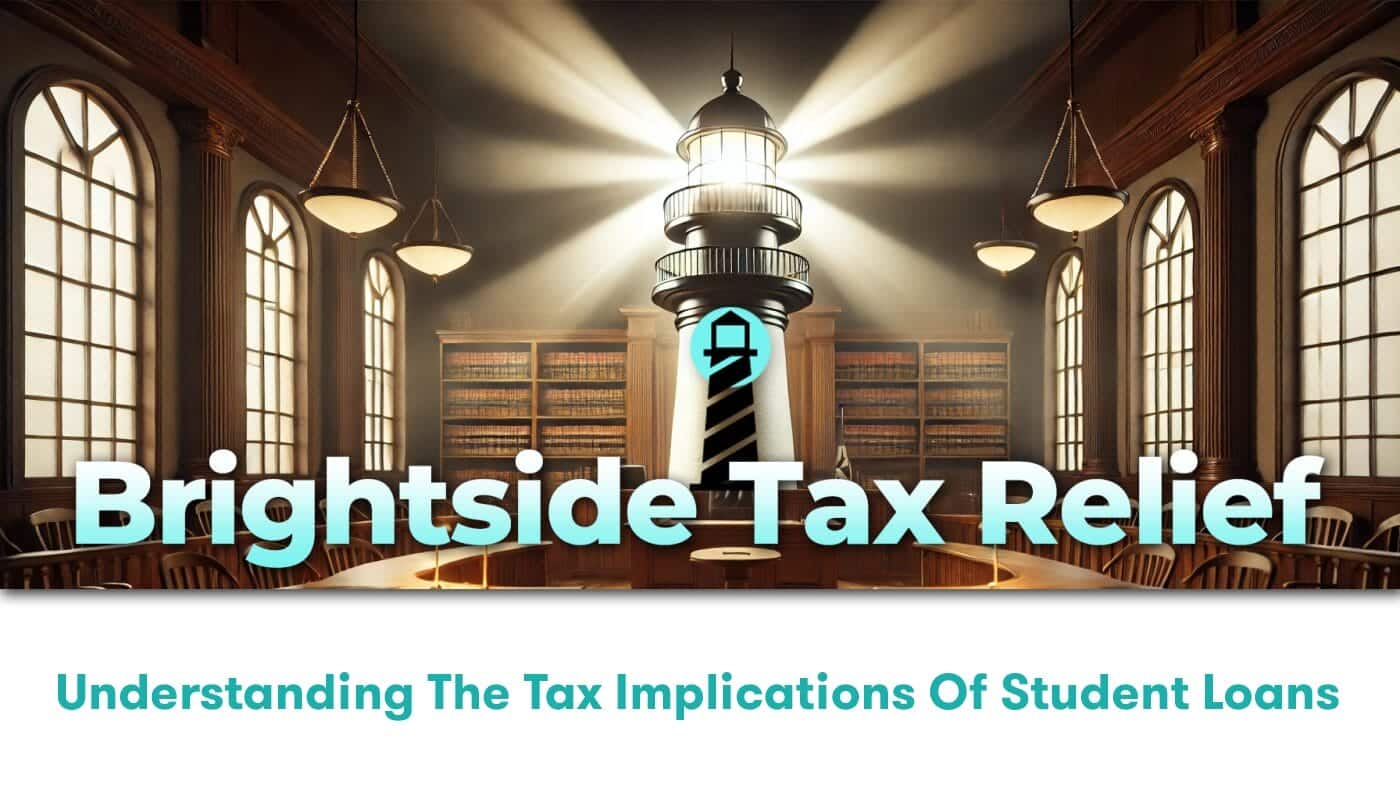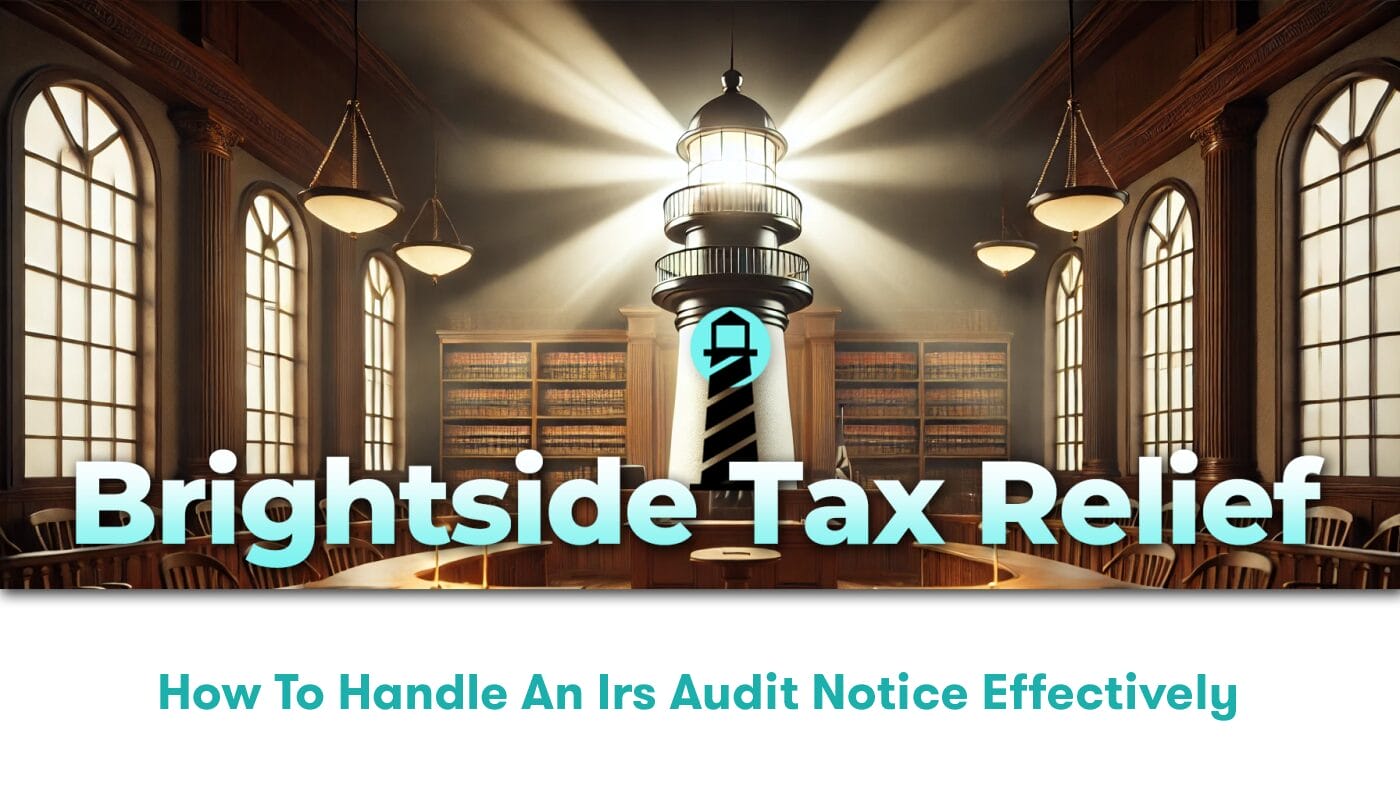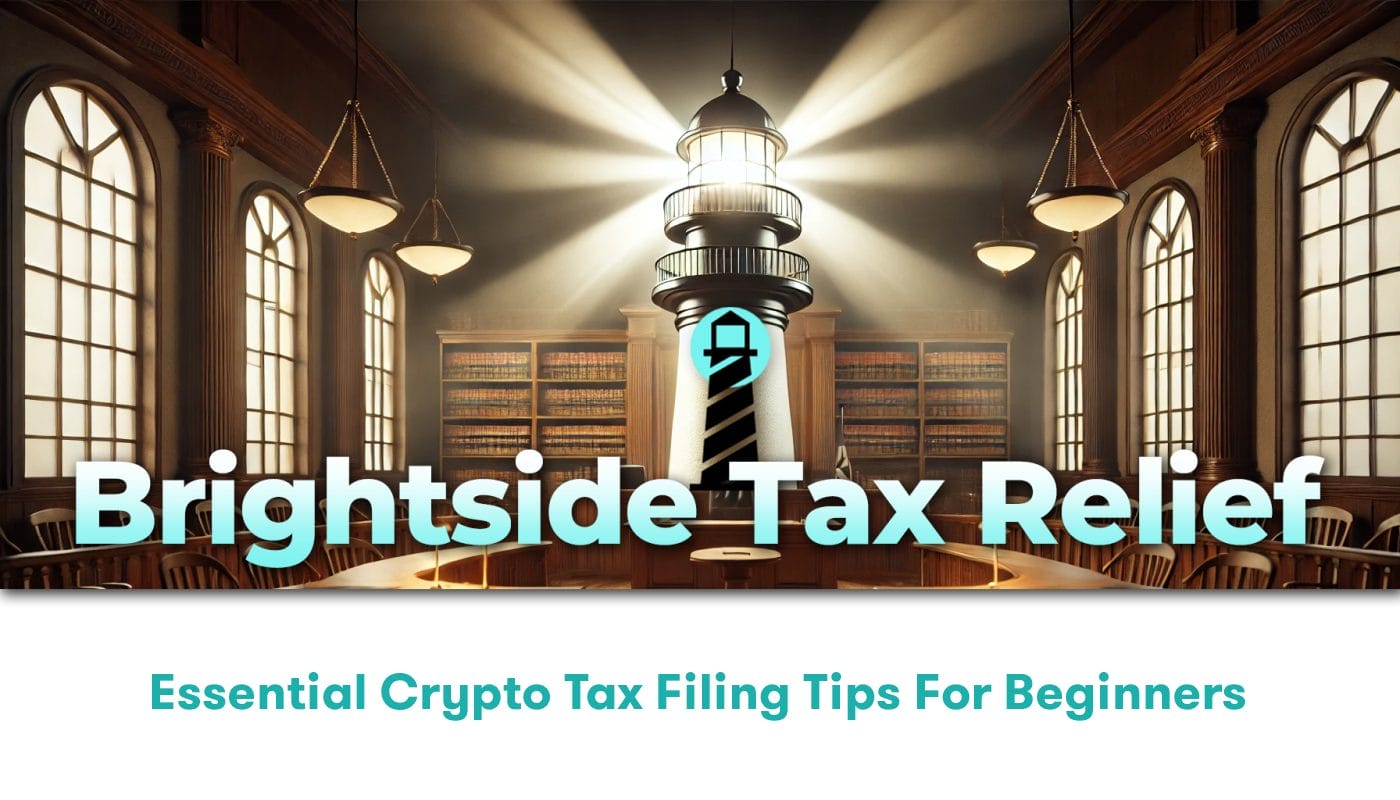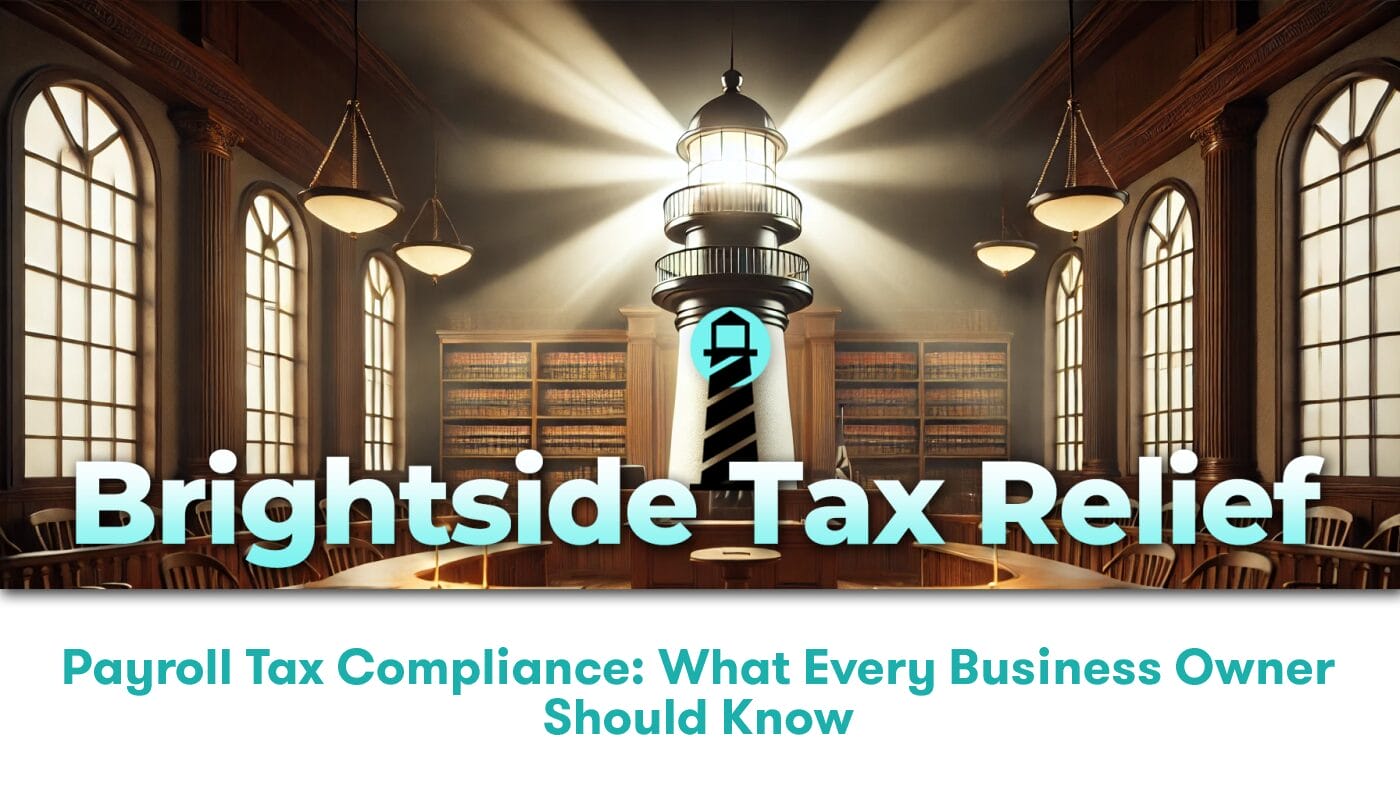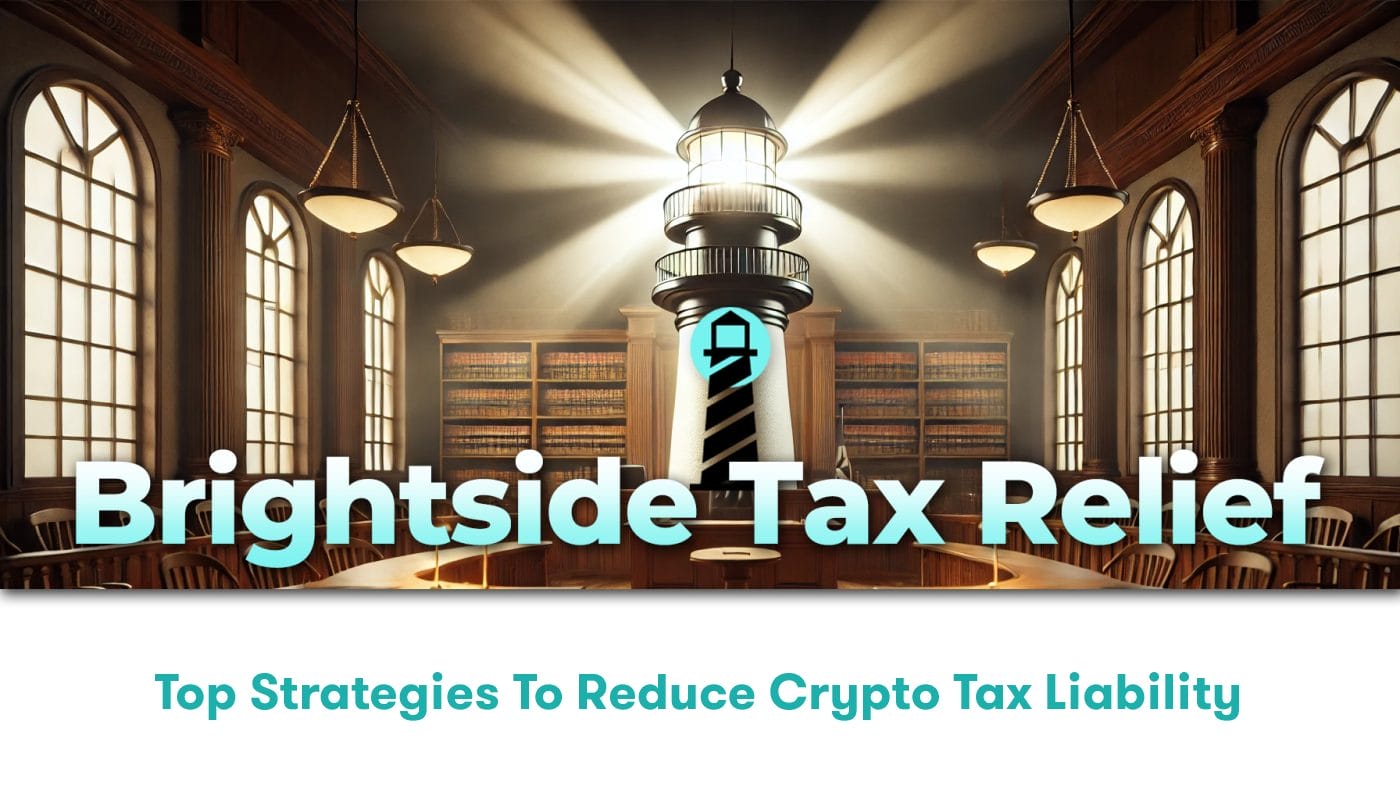The Student Loan Tax Tango: A Spotlight on Financial Footwork
When it comes to student loans, most borrowers are focused on the daunting task of repayment. However, there’s another aspect that often flies under the radar: the tax implications. Understanding the tax implications of student loans is crucial for anyone navigating the complex world of higher education financing. It’s like learning a intricate dance, where every step can have significant consequences for your financial future.
Let’s start with the basics: student loan interest deductions. The IRS allows qualified borrowers to deduct up to $2,500 of the interest paid on student loans each year. This deduction is particularly valuable because it’s an “above-the-line” deduction, meaning you can claim it even if you don’t itemize your deductions. It’s like getting a small rebate on your education investment, helping to ease the burden of loan repayment.
However, as with most things tax-related, there are limitations and qualifications to consider. Your income plays a crucial role in determining your eligibility for this deduction. As your income increases, the amount you can deduct gradually phases out. For the 2021 tax year, the deduction starts to phase out for single filers with a modified adjusted gross income (MAGI) of $70,000 and completely phases out at $85,000. For married couples filing jointly, the phase-out range is $140,000 to $170,000. It’s important to note that these thresholds can change from year to year, so staying informed is key to maximizing your tax benefits.
Decoding the Fine Print: A Deep Dive into Student Loan Tax Intricacies
Now that we’ve covered the basics, let’s delve deeper into the nuances of student loan tax implications. One often overlooked aspect is the potential tax consequences of loan forgiveness or discharge. While the prospect of having your loans forgiven might seem like a dream come true, it’s important to understand that in many cases, the forgiven amount is considered taxable income.
For instance, if you’re on an income-driven repayment plan and have a balance forgiven after 20 or 25 years of payments, that forgiven amount is typically treated as taxable income in the year it’s forgiven. This can result in a significant tax bill, often referred to as a “tax bomb.” It’s like finding out that the free meal you thought you were getting actually comes with a hefty gratuity charge.
However, there are exceptions to this rule. Loans forgiven under certain programs, such as the Public Service Loan Forgiveness (PSLF) program or the Teacher Loan Forgiveness program, are not considered taxable income. Additionally, the American Rescue Plan Act of 2021 made student loan forgiveness tax-free through 2025, providing temporary relief for borrowers. It’s crucial to stay informed about these policies and how they might affect your specific situation.
Another tax consideration for student loan borrowers is the impact of loan payments on other tax benefits. For example, if you’re claiming the American Opportunity Tax Credit or the Lifetime Learning Credit for qualified education expenses, you can’t double-dip by also claiming those expenses for the student loan interest deduction. It’s like trying to use the same coupon twice – the IRS simply won’t allow it.
Brightside’s Beacon: Illuminating the Path to Student Loan Tax Mastery
When it comes to understanding the tax implications of student loans, having a knowledgeable guide can make all the difference. This is where Brightside Tax Relief shines, offering a beacon of hope in the often murky waters of tax law. As a nationwide tax relief company, Brightside brings a wealth of expertise to the table, especially when it comes to the intricate dance of student loans and taxes.
One of Brightside’s key advantages is their comprehensive understanding of both federal and state tax laws related to student loans. This is crucial because while federal laws provide the overarching framework, state laws can add additional layers of complexity. For instance, some states offer their own student loan interest deductions or credits, which can be easily overlooked without proper guidance. Brightside’s team of experts can help you navigate these state-specific nuances, ensuring you don’t leave any potential tax savings on the table.
Moreover, Brightside Tax Relief stays at the forefront of legislative changes affecting student loan borrowers. With the landscape of student loan policies constantly evolving, having a partner who’s always up-to-date can be invaluable. Whether it’s changes to income-driven repayment plans, new loan forgiveness programs, or shifts in tax treatment of forgiven loans, Brightside ensures that their clients are always informed and prepared.
But perhaps the most significant advantage of choosing Brightside is their personalized approach. They understand that every borrower’s situation is unique, and there’s no one-size-fits-all solution when it comes to student loan tax strategy. Their team takes the time to thoroughly analyze your specific circumstances, considering factors such as your income, loan types, repayment plans, and career trajectory. This holistic approach allows them to develop a tailored strategy that maximizes your tax benefits while aligning with your overall financial goals.
Brightside’s Brilliance: Illuminating the Student Loan Tax Maze
When it comes to understanding the tax implications of student loans, Brightside Tax Relief stands out as a beacon of expertise in a sea of confusion. With their nationwide reach and specialized knowledge, they offer a unique blend of experience and insight that can make all the difference in navigating this complex financial landscape.
One of the key reasons to choose Brightside Tax Relief is their comprehensive understanding of the ever-changing tax laws surrounding student loans. The tax code is notoriously complex, and student loan regulations add another layer of intricacy. Brightside’s team of experts stays up-to-date with the latest changes, ensuring that their clients receive the most current and accurate advice possible.
Moreover, Brightside Tax Relief offers personalized solutions tailored to each client’s unique situation. They recognize that no two student loan scenarios are identical, and they take the time to thoroughly analyze your specific circumstances. This individualized approach allows them to identify opportunities for tax savings that other firms might overlook, potentially saving you thousands of dollars in the long run.
Decoding the Deductions: Your Burning Questions Answered
One of the most common questions that arise when dealing with student loans and taxes is, “Can I deduct my student loan interest?” The answer is a resounding “maybe.” Brightside Tax Relief can help you determine if you meet the criteria for this deduction, which includes factors such as your income level, filing status, and the type of loan you have. They can also guide you through the process of claiming this deduction if you’re eligible, ensuring you don’t miss out on potential tax savings.
Another frequently asked question is, “How do loan forgiveness programs affect my taxes?” This is where Brightside’s expertise truly shines. Different loan forgiveness programs have varying tax implications, and it’s crucial to understand these before making any decisions. For instance, some forgiveness programs may result in the forgiven amount being treated as taxable income, potentially leading to a hefty tax bill. Brightside Tax Relief can help you navigate these waters, explaining the tax consequences of different forgiveness options and helping you plan accordingly.
Many borrowers also wonder, “What happens if I default on my student loans?” While defaulting on student loans can have serious consequences, including damage to your credit score and potential legal action, it also has tax implications. For example, if your loans are forgiven due to default, the forgiven amount may be considered taxable income. Brightside Tax Relief can help you understand these implications and explore options to avoid or manage default, potentially saving you from significant financial and tax-related headaches down the line.
Charting Your Course: Navigating the Student Loan Tax Journey with Brightside
Now that you understand the importance of expert guidance in dealing with the tax implications of student loans, it’s time to take action. The first step in your journey with Brightside Tax Relief is to schedule a consultation. You can easily do this by calling their toll-free number at 844-638-0800. During this initial conversation, you’ll have the opportunity to discuss your specific situation and get a sense of how Brightside can help you.
Once you’ve decided to move forward with Brightside Tax Relief, they’ll begin by conducting a thorough analysis of your student loan situation and overall tax picture. This comprehensive review allows them to identify all potential areas for tax savings and develop a tailored strategy to optimize your tax position in relation to your student loans.
As you work with Brightside Tax Relief, you’ll find that they don’t just offer one-time solutions. They provide ongoing support and guidance, helping you navigate changes in your financial situation or updates to tax laws that might affect your student loans. This continuous partnership ensures that you’re always making informed decisions and maximizing your tax benefits year after year.

